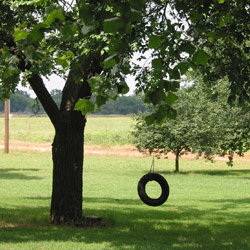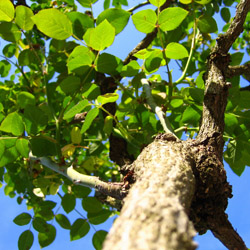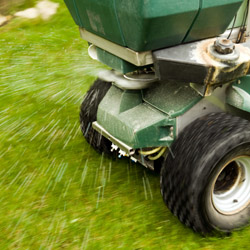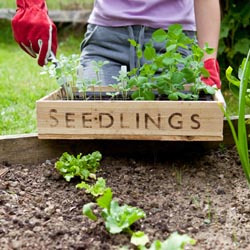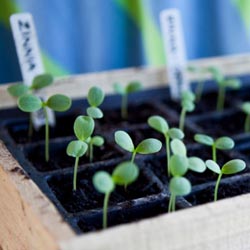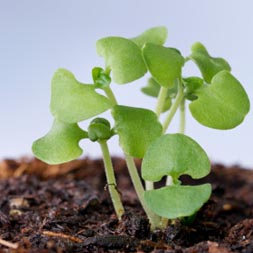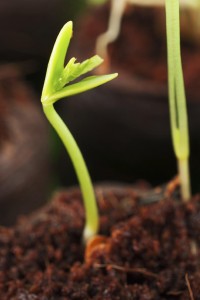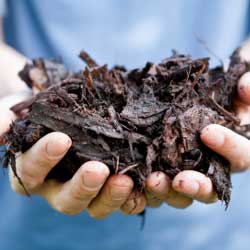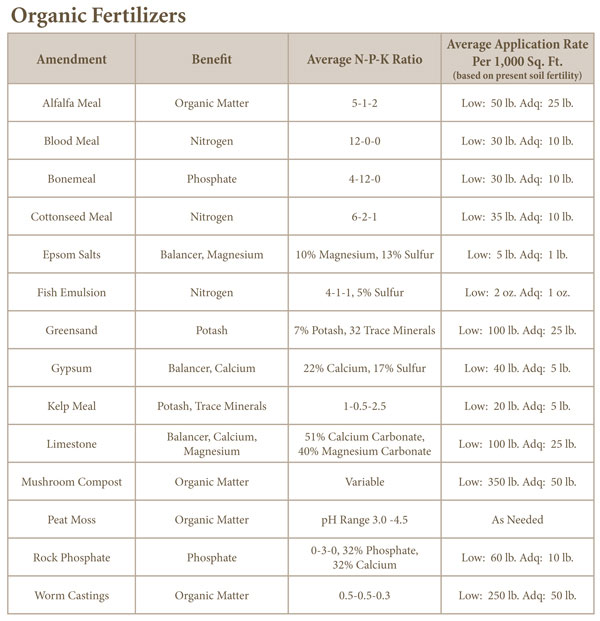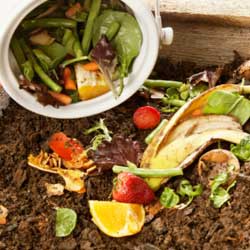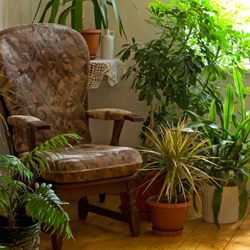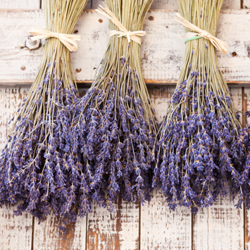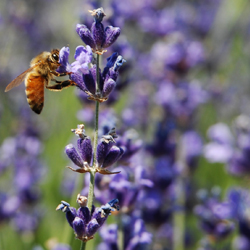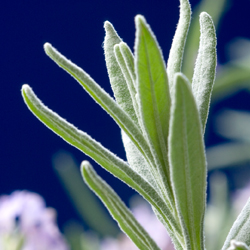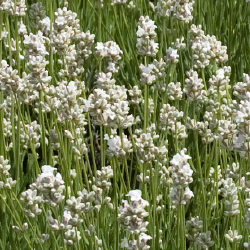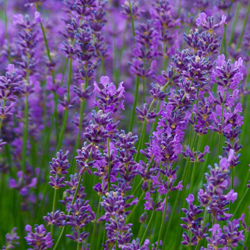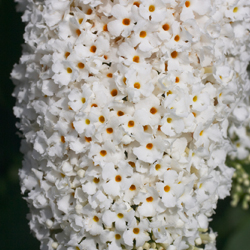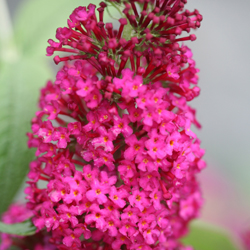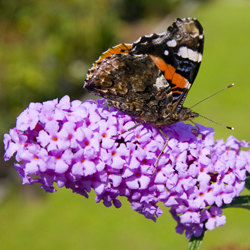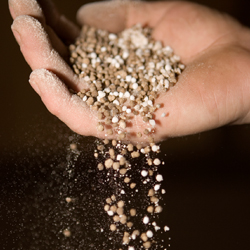There are so many reasons to add a new tree to your landscape this fall that it’s hard to find a reason not to.
Just think about it, trees will…
- Beautify the Environment
Trees add texture and color to the landscape. They soften the harsh lines of buildings and driveways, while their foliage and blooms add seasonal color changes and variety.
- Stabilize Soil
Tree roots prevent soil from blowing or washing away, minimizing erosion and providing protection for the surrounding landscape.
- Provide Wildlife Habitat
Trees provide shelter and food for birds and numerous small animals, including squirrels, raccoons, insects and more.
- Make Food
Many trees provide fruits, nuts, seeds, sap and berries for human consumption. Wildlife will also rely on the food provided by trees.
- Create Oxygen
Through photosynthesis, trees take in carbon dioxide, carbon monoxide, sulfur dioxide and other poisons from our air and release pure oxygen for us to breathe. One tree can produce enough oxygen for 10 humans for one year!
- Filter the Air
Trees act as giant filters trapping dust and pollution particles with their leaves and bark until the rain washes the particles away.
- Cool the Air
Air will remain several degrees cooler in the shade of a tree canopy. This is accomplished by not only by blocking the sun’s rays but also through transpiration. Tree leave transpire, or release moisture, which cools the surrounding air. A large tree can release as much as 400 gallons of moisture from its leaves daily.
- Reduce Utility Bills
Deciduous trees planted on the south and southwest sides of a home will shade the structure during hot summer months and reduce air conditioning or other cooling needs. In the winter, with the leaves fallen, the sun is able to warm the structure, reducing heating bills.
- Reduce Noise Pollution
Strategically planted, trees can dramatically reduce the volume of unwanted noise from loud neighbors, nearby businesses or car traffic.
- Hide undesirable views
Purposefully sited, trees can camouflage unattractive views and create privacy, providing a natural sanctuary in your yard.
In our area, fall is just about the best time of year to purchase and plant a tree. The soil is warm, air temperature is cool and morning and evening dew increase available moisture to nurture a new tree. Stop in and see our extensive collection, and we can assist you in choosing the tree that is perfect for your landscape and lifestyle needs.

